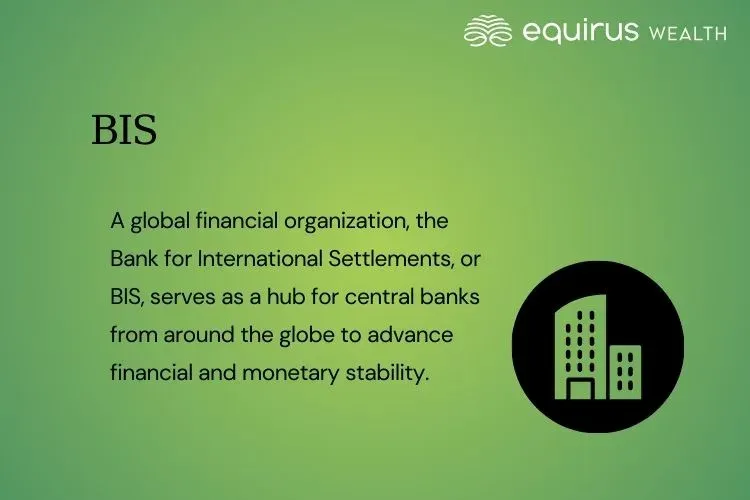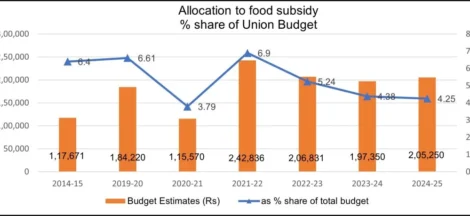By Anjan Roy
If you happen to have transferred money from your bank account to another, you would in possibility have used the RTGS system. This is known but little is known about the RTGS platform and its evolution.
The RealTime Gross Settlement mechanism was primarily developed by the Bank for International Settlements (BIS) for settling accounts among banks of different nations. Later on, its use multiplied. Now, the BIS is the principal global standard setter for banks for facing banking risks with prudence.
Basle One, Basle Two and Basle Three are the three levels of capital requirements for banks with regard to their risks. That means, how much own capital the banks should maintain ion accordance with their business levels and volumes. These are the Basle capital adequacy ratios.
Thus, the Bank for International Settlements —BIS for short— is little known among the general public, but it plays a vital role in maintaining global financial stability. Countries have central banks as the ultimate guardian of price stability and monetary system. BIS is the central bankers’ banker, in a way.
BIS celebrated its 95th foundation day on May 17 in the Swiss city of Basle when some of the key roles played by the institution were highlighted. BIS was established immediately in the aftermath of the Great War (1914 to 1918) to handle payment of German reparations to countries which had fought against Germany and claimed to suffered damages.
At the end of First Great War, Germany was made to pay huge reparations to the Allied Powers by way of war damages. These reparations payments were to be transferred first to the BIS which would then settle the claims of different nations like France or Britain.
But by 1932, the Versailles Peace Agreement and its provisions for reparations payments fell into lapse as Germany was hardly in a position to transfer the vast amounts demanded from the ailing German economy. The country’s economy had collapsed and the war damages were not being paid.
So then, the principal task of BIS of settling claims of victorious powers against Germany has fallen into disuse and BIS increasingly became the gateway for resolving the claims of central banks of different countries against each other.
After Second World War, BIS got a new role. It began to work as a platform for channelling the large funds for reconstruction of European countries under the American Marshall Plan. Once the reconstruction activities started petering out, BIS evolved as a platform among central bankers to meet and discuss monetary stability and policies for achieving financial stability.
The bedrock of BIS platform for policy deliberations among central bankers was its rich research and databases. The BIS serves as a premier body for bringing together these central bankers for co-ordinated approach to monetary policy making. Of course, there were varying monetary conditions and compulsions of national economies which had to be co-ordinated.
Another role for BIS was to monitor the flow of funds globally. While immediately after Second War, funds flows among the national economies were rising on the back of several developments win financial capitalism.
The first of these was the move away from fixed exchange rates to market based fluctuating exchange rates. These brought in its train new compulsions for fixing monetary policies in the context of the demands of the respective national economies in relation to their external face off through the exchange rates.
These developments were a direct consequence of the new emerging external economic environment. While previously the current accounts were to have zero balances and no structural current account deficits were to be tolerated, these started changing. The epitome of the new system meant huge piling up of surplus for some countries (prime example China) and massive deficits on the other (USA).
A corollary of this was large transfers of funds across the economies. These would cause fluctuations and uncertainties.
Along with the flow of funds on account of trade, there emerged the new players on the market, the institutional investors. At the click of a button the institutional investors moved he sums across national boundaries. Sudden movements of such speculative funds could cause major fluctuations in the exchange rates and these could at successive stages affect the real economies of countries.
Although in the face of these humongous movements of funds, which became a dangerous new animal, the importance of BIS as a primary body for monitoring and settling international payment became obsolete and redundant.
However, a new role was clearly visible for BIS. Its databases and research resources could play a vital role in deliberating policy approaches in times of crisis.
The BIS has thus grown far outside its initial mandate to emerge at the standing platform for the central bank policy makers to regularly meet and discuss formulation of monetary policy as well as banks’ regulation for maintaining financial stability.
The BIS antedates the present crop of Brett institutions of IMF and World and on way to becoming a centenarian in global finance. Its institutional memory of financial crises and its archives and databases would be invaluable resource material for maintaining financial capitalism of tomorrow. (IPA Service)




 Elon Musk’s Vicious Attack Against Trump’s Economic Policies Has Stunned MAGA Supporters
Elon Musk’s Vicious Attack Against Trump’s Economic Policies Has Stunned MAGA Supporters 